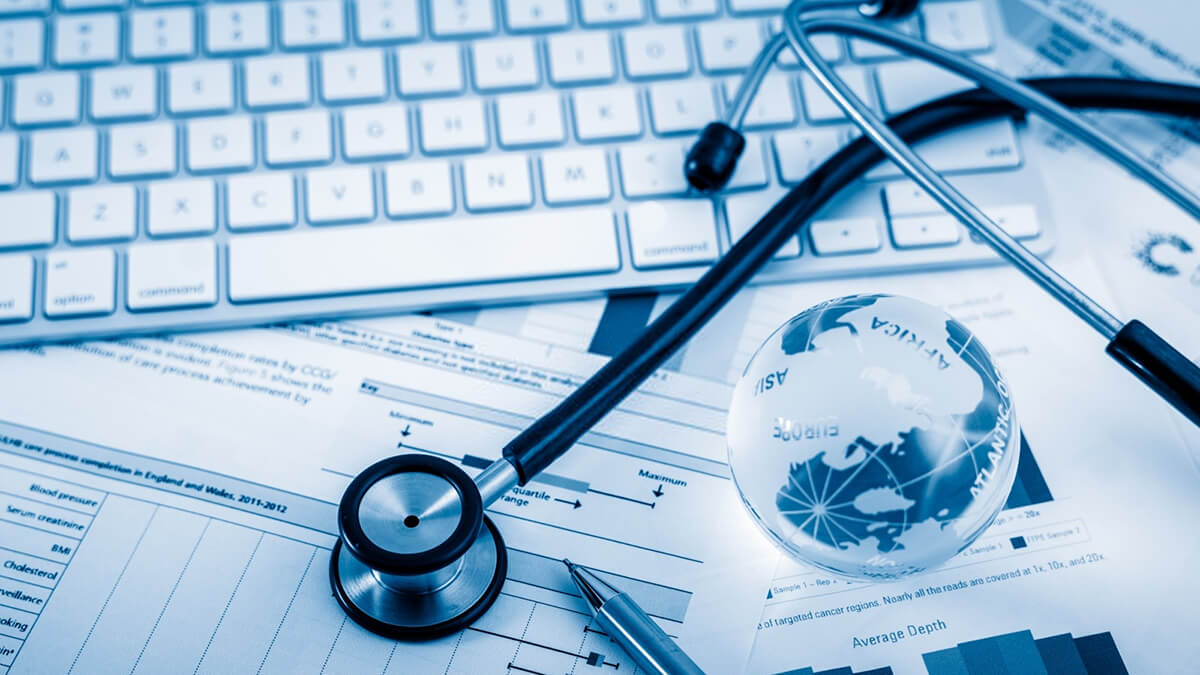Just how to Beginning a Successful Career in Medical Administration: A Novice's Overview
Just how to Beginning a Successful Career in Medical Administration: A Novice's Overview
Blog Article
Ideal Practices in Medical Management for Improving Effectiveness and Decreasing Costs
In the ever-evolving landscape of medical care, the search of ideal practices in clinical administration is critical for improving efficiency and curbing costs. By incorporating advanced technologies such as digital wellness records and telemedicine, medical care suppliers can simplify operations and improve individual treatment.
Leveraging Advanced Technology
In today's quickly advancing medical care landscape, leveraging advanced technology is no more optional however necessary for reliable medical administration. The combination of digital options right into medical care systems has actually changed the means centers operate, enhancing procedures and boosting person treatment. Electronic Wellness Records (EHRs) are pivotal, giving comprehensive patient information that can be accessed immediately by authorized personnel, hence reducing redundancy and minimizing errors. By centralizing patient details, EHRs remove the demand for troublesome documents and help with seamless communication amongst doctor.
Telemedicine is an additional technological development that has reinvented individual interaction. It supplies comfort for both clients and medical care experts by enabling remote examinations, which can decrease the demand for in-person sees and optimize consultation scheduling. In addition, telehealth platforms can expand healthcare access to country or underserved areas, bridging gaps in treatment shipment.
Furthermore, making use of Artificial Knowledge (AI) and machine discovering is coming to be progressively widespread in predictive analytics, enabling for very early detection of possible health problems and even more enlightened decision-making. These innovations, when incorporated properly, can improve analysis precision and personalize client therapy strategies, ultimately resulting in boosted health care end results and functional efficiency.
Optimizing Resource Allowance
Reliable source allocation is critical for making the most of the effectiveness of clinical management. By purposefully taking care of resources such as employees, equipment, and finances, health care centers can dramatically boost their functional efficiency, boost person outcomes, and lower unneeded expenses. The very first step in maximizing source appropriation entails performing a comprehensive assessment of current properties and recognizing locations where sources might be underutilized or overextended. This assessment ought to be data-driven, utilizing metrics and analytics to inform decision-making processes.
Prioritizing source allowance based on person requirements and service needs is vital. This involves aligning sources with high-demand areas, such as emergency situation care or specialized therapies, to ensure timely and efficient client treatment. Carrying out flexible staffing versions can also maximize labor resources by changing workers allowance in response to changing client quantities. Additionally, welcoming telemedicine and other technical services can alleviate physical source restrictions by offering alternate avenues for patient-provider interactions.
Monetary sources should be carefully checked and allocated with critical insight to support both short-term operational requirements and lasting institutional objectives. This includes investing in training programs that enhance personnel expertises and embracing energy-efficient methods that decrease functional prices (medical administration). Inevitably, a maximized resource allocation technique promotes a sustainable health care her response atmosphere that is responsive, effective, and economically sensible
Streamlining Process Procedures
When health care centers goal to enhance functional effectiveness, enhancing process procedures comes to be an essential emphasis. Effective process reduce redundancy, eliminate unnecessary steps, and boost control amongst medical care experts. This method not only accelerates solution distribution yet additionally boosts the high quality of individual care.

Following, technology combination plays a significant function in streamlining process. Applying electronic wellness records (EHRs) and electronic medical professional order entry (CPOE) systems minimizes documentation, lessens human mistake, and ensures details comes to all appropriate employees. Additionally, leveraging telemedicine platforms can enhance patient assessments and follow-ups, lowering the strain on physical infrastructure.

Inevitably, structured process cause set you back reductions and improved client fulfillment, promoting a much more sustainable healthcare environment.
Enhancing Information Monitoring
Structure upon structured operations, maximizing information administration ends up being a vital component beforehand medical care administration. Efficient data monitoring systems are critical for keeping precise client records, boosting decision-making, and making sure compliance with regulative standards. By implementing durable data management remedies, health care facilities can boost the high quality of patient treatment while at the same time reducing functional expenses.
One key element of enhancing information administration is the combination of sophisticated electronic health and wellness record (EHR) systems. These systems promote the seamless exchange of person info throughout different departments, decreasing replication of tests and decreasing errors. A properly designed EHR system supports information analytics, enabling doctor to recognize patterns and make educated decisions pertaining to client treatment.
Moreover, guarding patient information is critical. my sources Taking on extensive cybersecurity actions, including file encryption and regular audits, guarantees the honesty and discretion of sensitive details. This not only secures people but likewise keeps the institution's credibility.
Spending in team training is another critical element. Enlightening medical care specialists on information monitoring techniques enhances their ability to successfully use modern technology, resulting in enhanced individual results. Finally, boosting information monitoring through innovative modern technology and comprehensive training is important for achieving efficiency and cost reduction in medical administration.
Fostering Collaborative Communication
A crucial component ahead of time clinical management is promoting collective communication among health care professionals. Effective communication is paramount for guaranteeing seamless patient treatment, maximizing therapy results, and lessening mistakes. By urging open discussion and sychronisation across multidisciplinary teams, medical care companies can improve their operational performance and lower unneeded prices.
Central to this technique is the combination of communication modern technologies read such as digital health and wellness records (EHRs) and safe and secure messaging systems, which help with the rapid exchange of crucial person info. These tools make it possible for doctor to gain access to and share data in actual time, ensuring that all staff member are informed and lined up in their decision-making processes. In addition, routine group meetings and interdisciplinary rounds can better promote a culture of cooperation and responsibility.
Educating programs concentrated on boosting interaction skills are also vital. Inevitably, cultivating joint communication leads to boosted medical care distribution and price savings.

Final Thought
Integrating sophisticated innovation, such as electronic health records and telemedicine, along with maximized source allocation and streamlined workflow procedures, is essential for enhancing efficiency in clinical management. Reliable information administration and promoting collaborative communication amongst health care teams are essential for lessening redundancies and enhancing care quality. By focusing on preventative treatment and engaging in quality enhancement efforts, healthcare organizations can attain considerable expense savings and boosted individual outcomes, thereby making certain lasting health care delivery in an increasingly intricate atmosphere.
Report this page